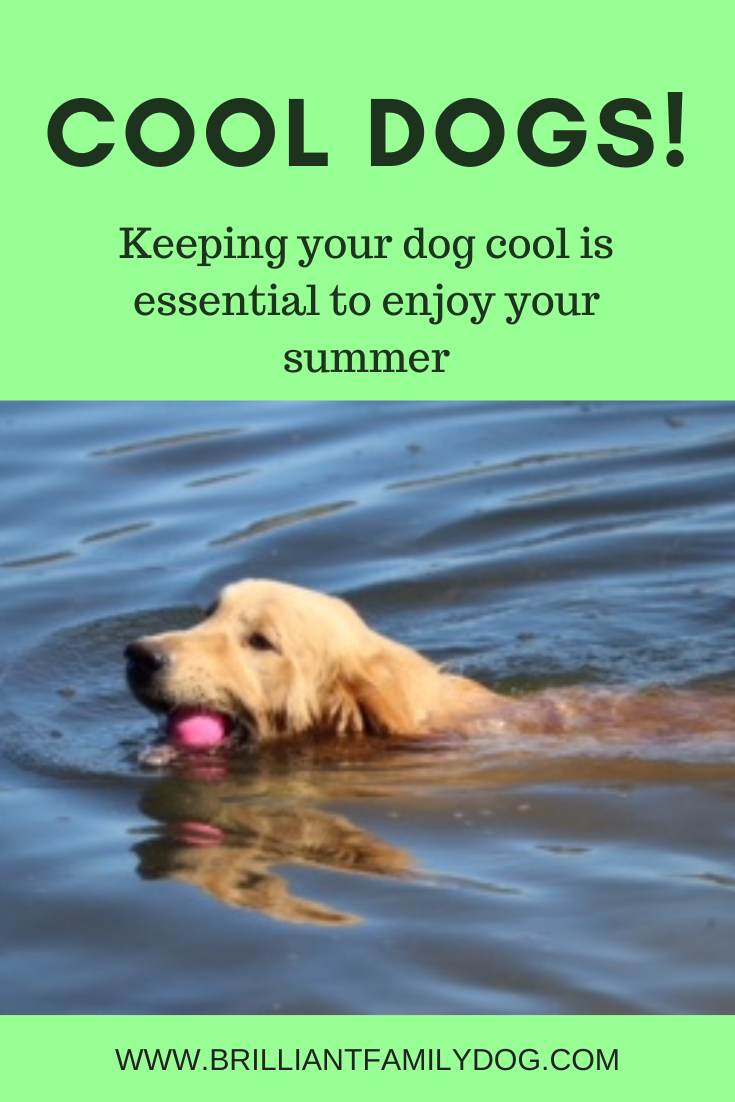I get a lot of emails every day, from people with questions about their dog.
And that’s great! Keep ‘em coming! I love to help people find a better way to do things.
But many of them - and I mean MANY of them - start like this:
◆ “How do I stop my dog jumping up?”
◆ “How can I stop my dog chewing?”
◆ “My dog pulls on the lead - how do I stop this?”
Notice the common word?
STOP!
Now dogs are not automatons. You cannot switch them off. If they STOP doing one thing, they have to START doing another.
Even when they lie down peacefully to snooze - they STOP being awake and START sleeping.
They cannot exist in a vacuum!
Any more than we can.
So attempting to STOP your dog doing anything at all, without explaining to him what you’d like him to START doing, is not going to work!
If you choose to prevent one thing, you have to teach a substitute for that thing.
So instead of stopping your dog jumping up, you teach him how to express his joy in a different way.
Instead of stopping your dog chewing, you find out why he’s chewing so much, and offer him things he can chew.
And instead of stopping your dog pulling on the lead, you show him where you’d like him to be when you take a walk together.
Does that make sense to you?
Do you see how much easier it is to substitute a preferred behaviour with love, rather than trying to remove an unwanted one by force?
Want to learn more how to do all this?
I’d just love to show you!
If you like watching, start with the free Workshop here
Or if you prefer listening, try these audiobooks right now at a special price!
Or you’re happier curled up with a book? Here you go
And do keep those questions coming …



